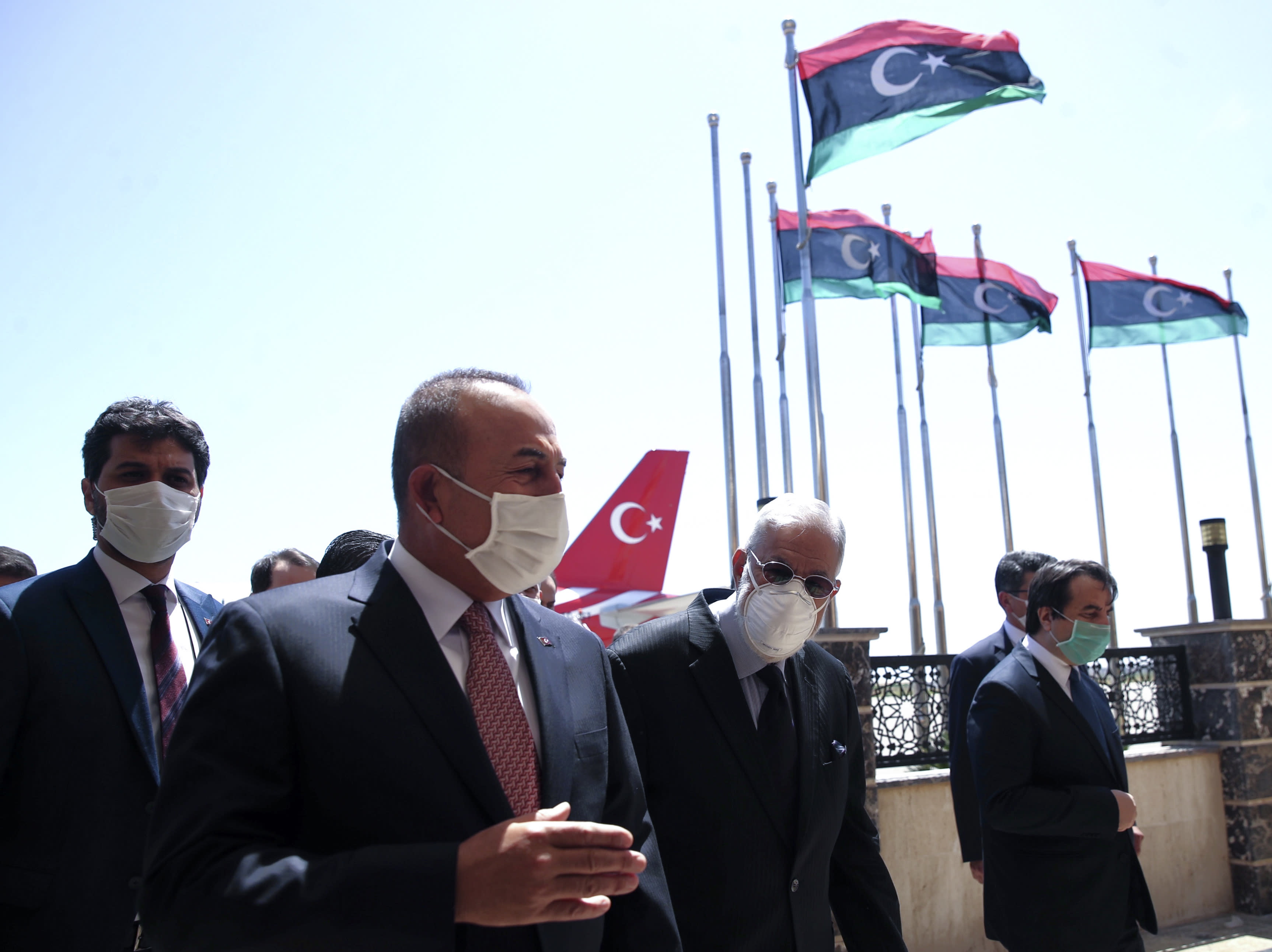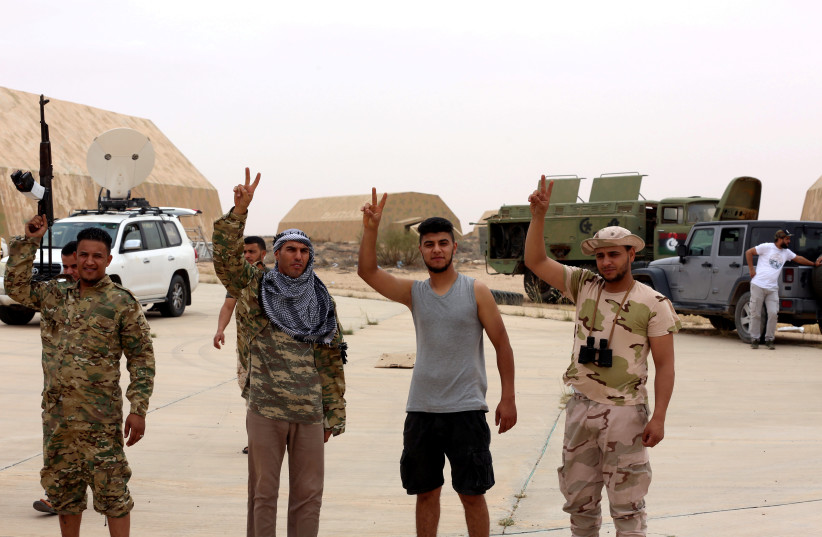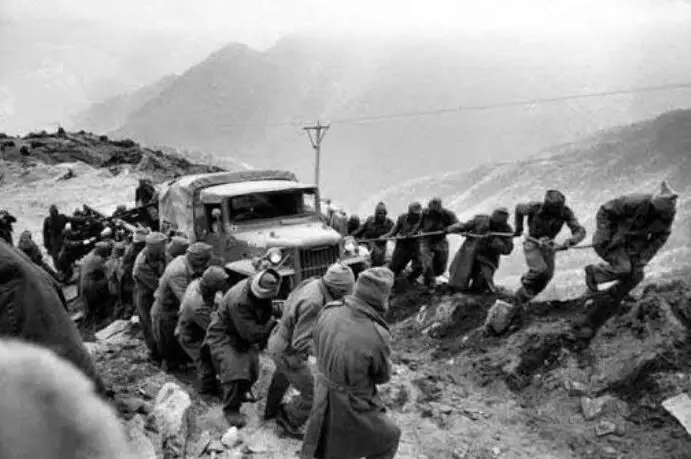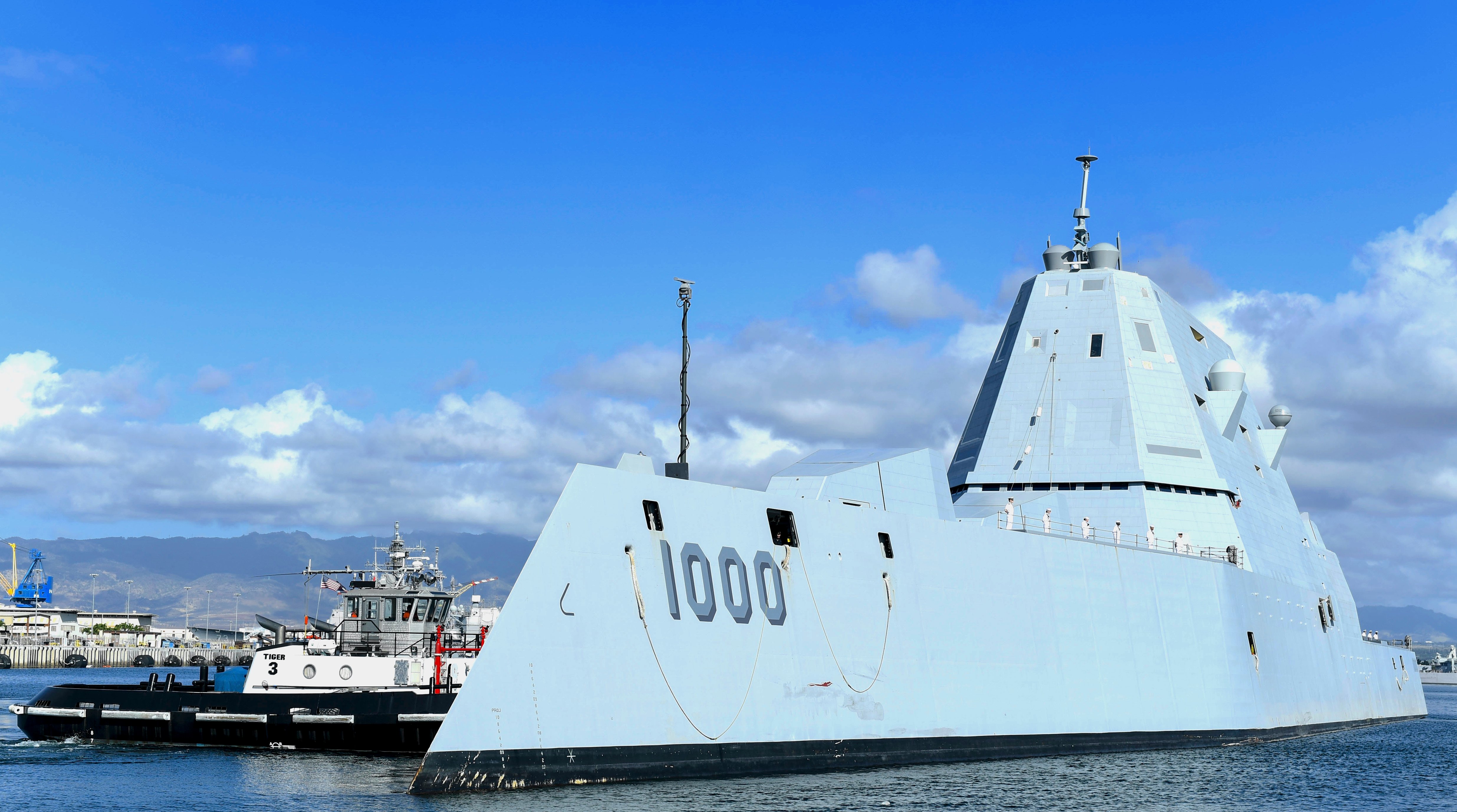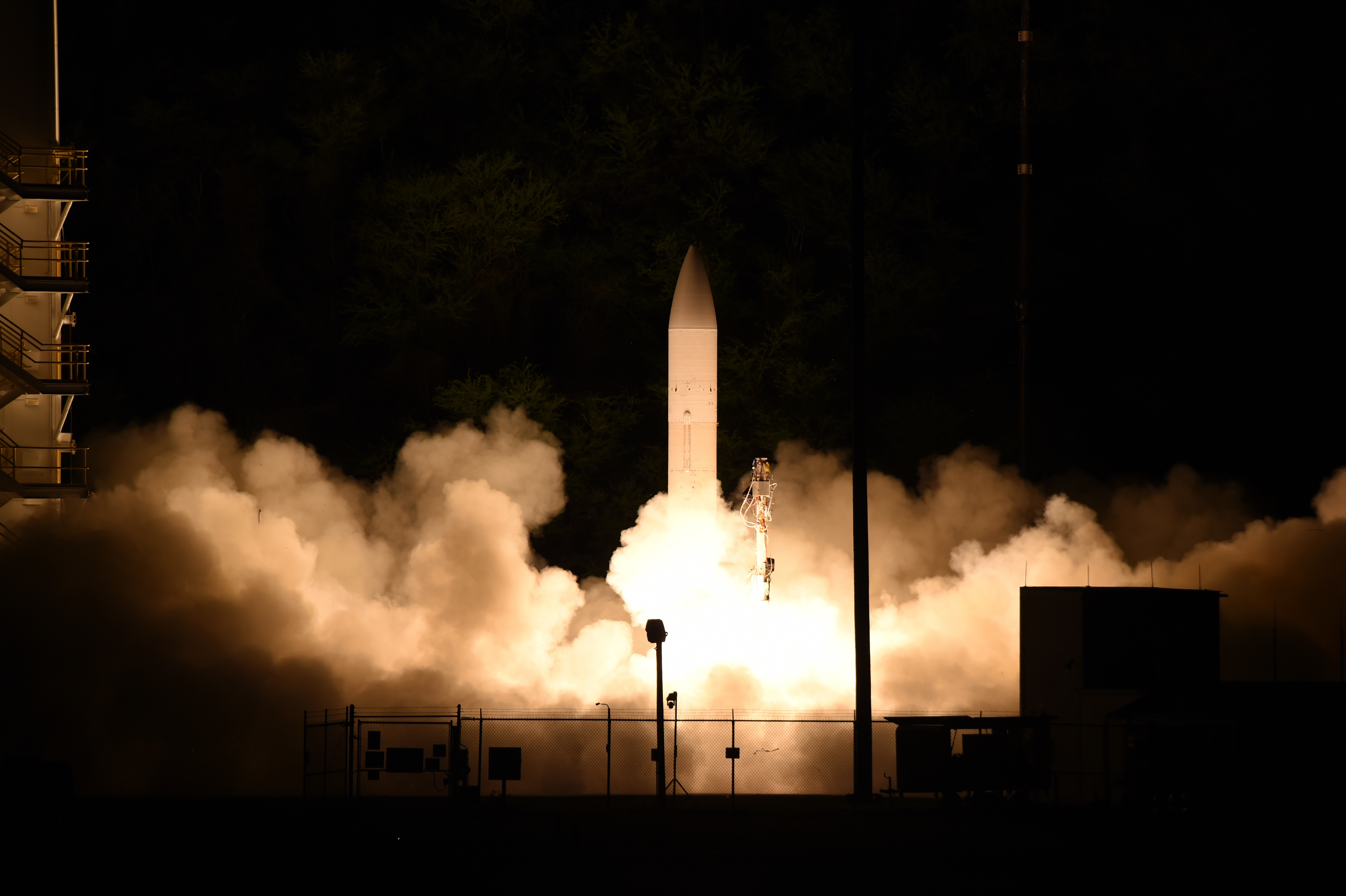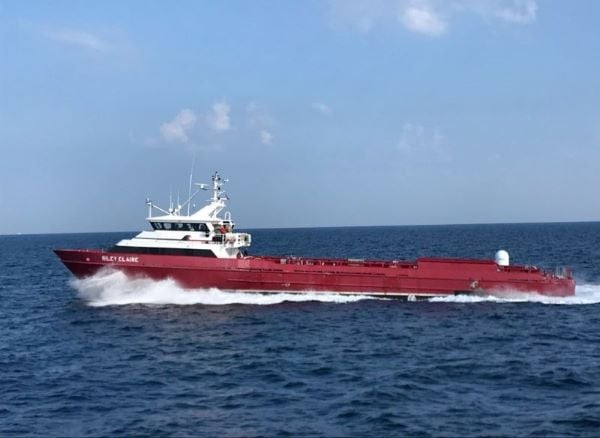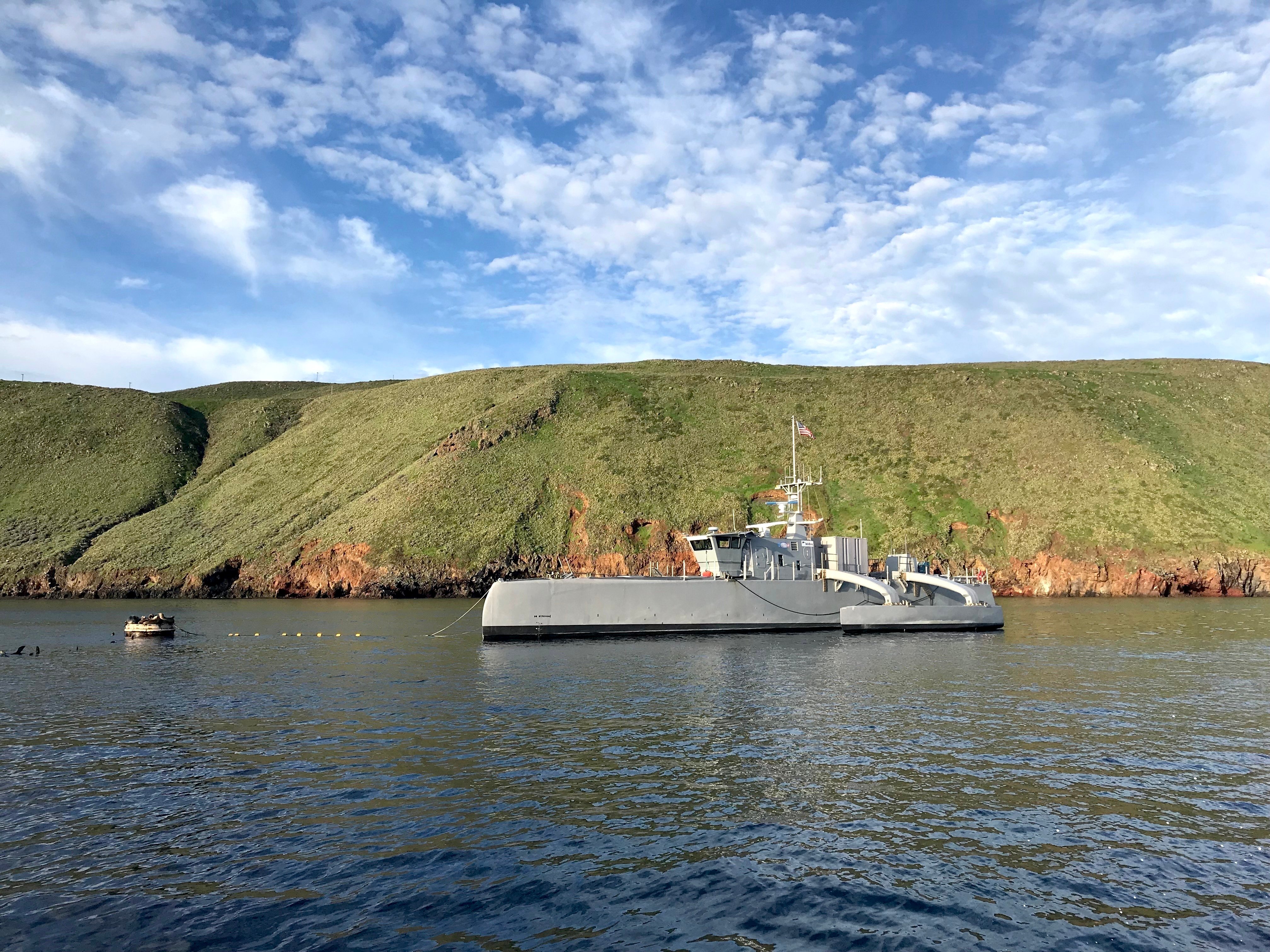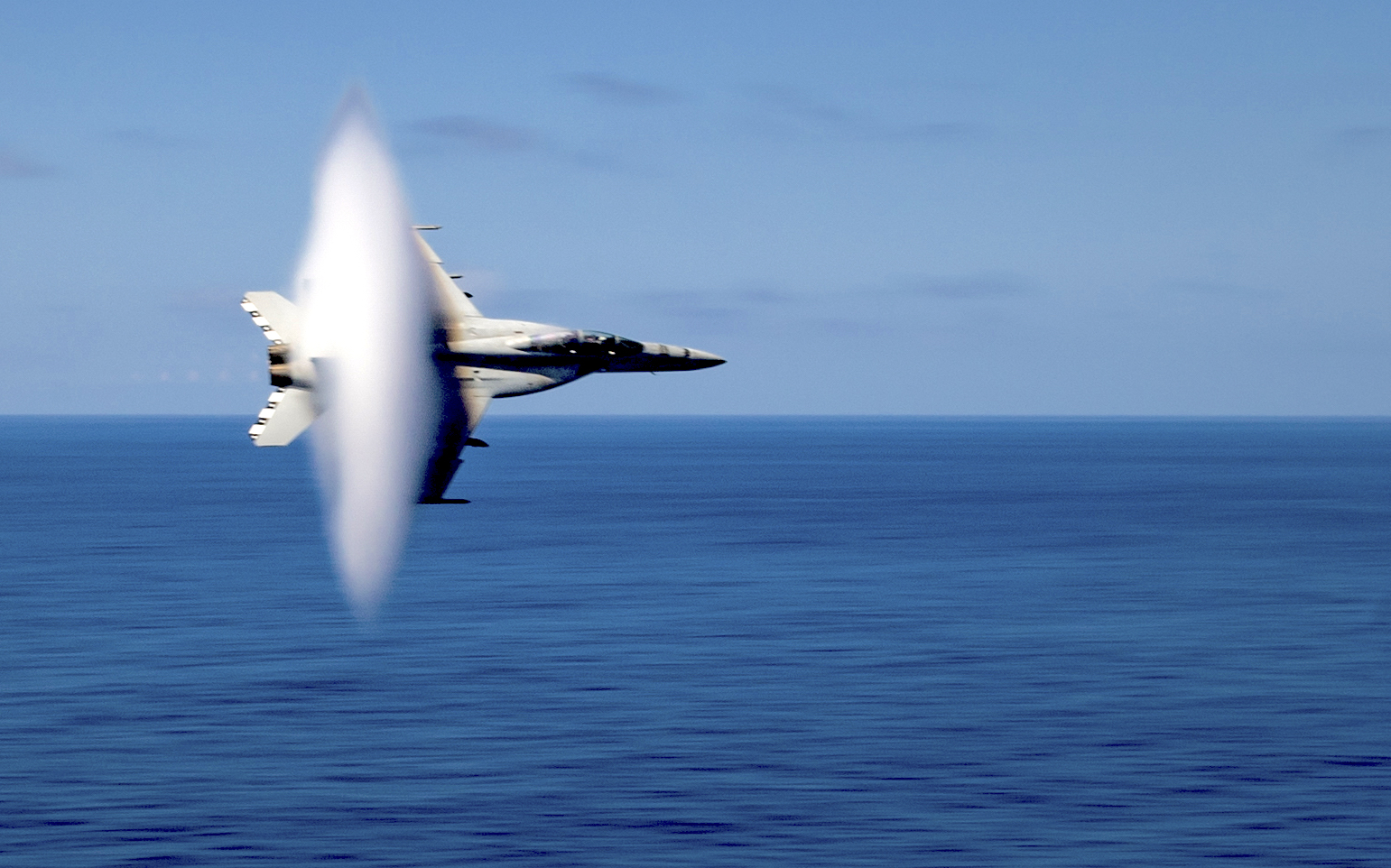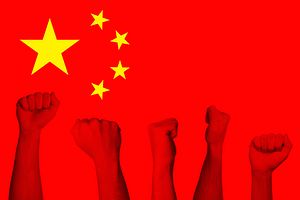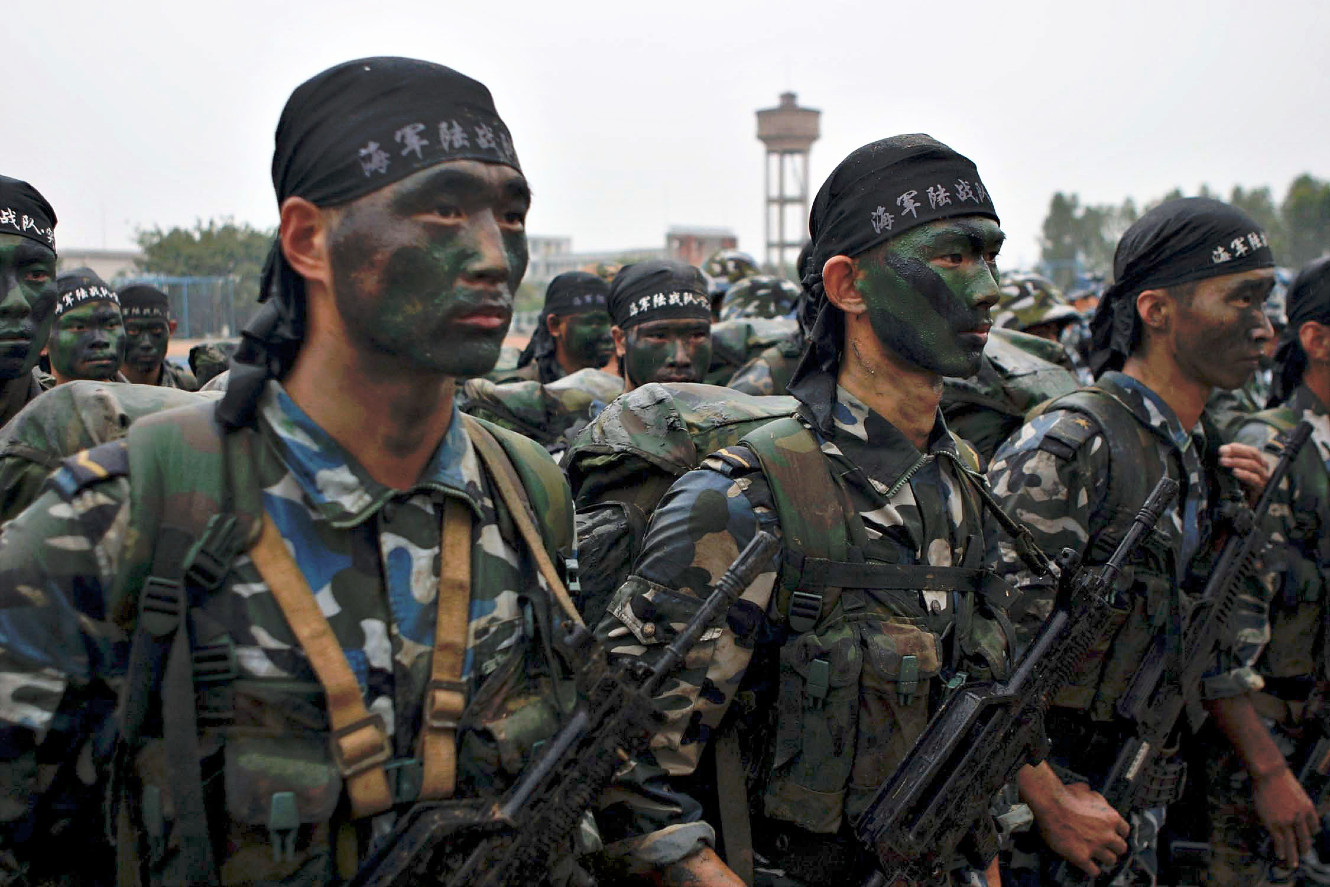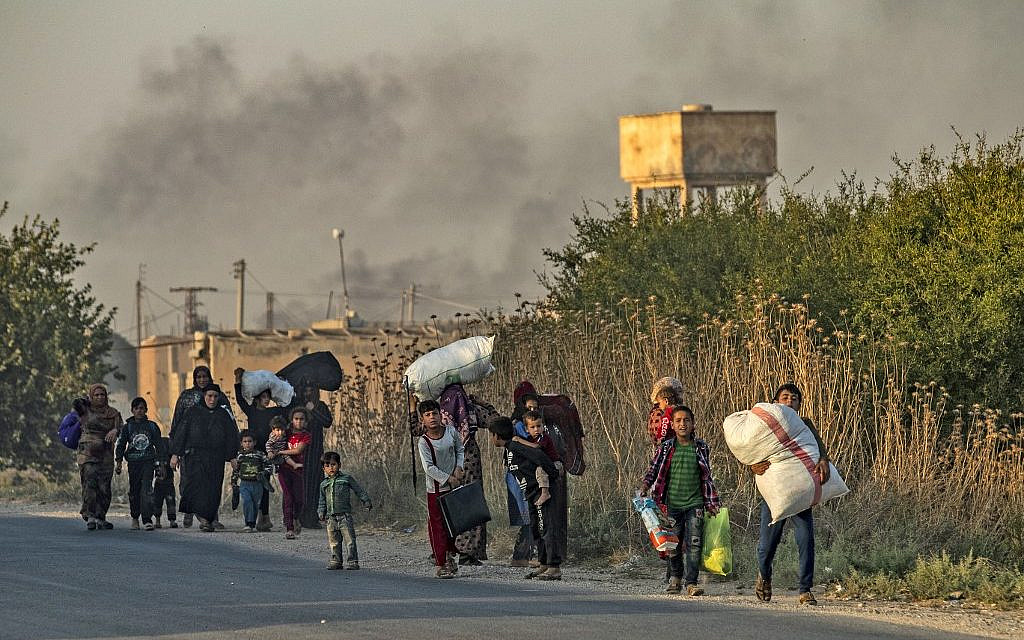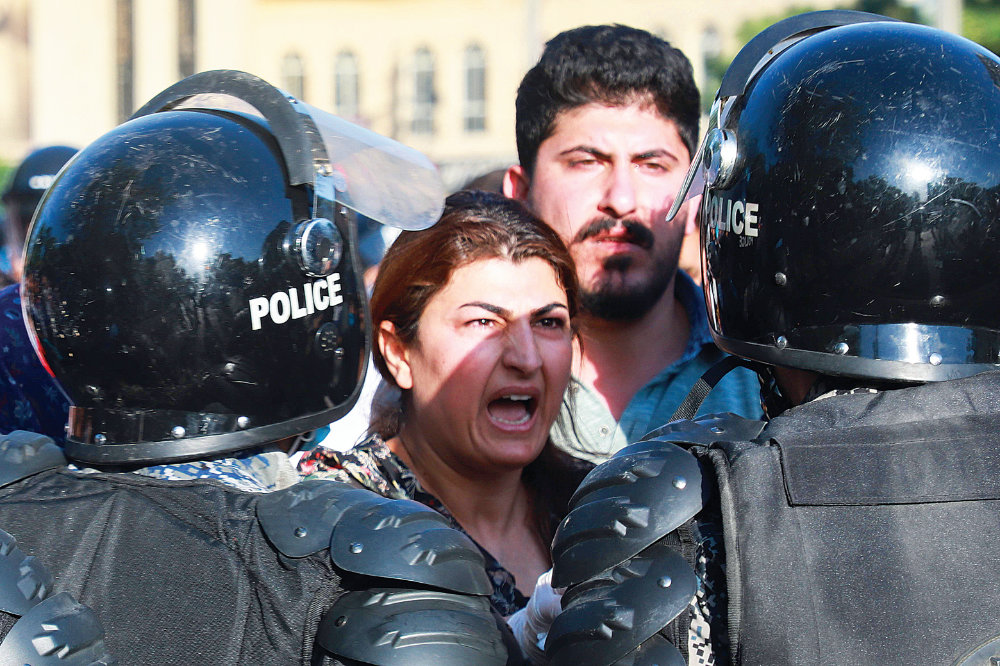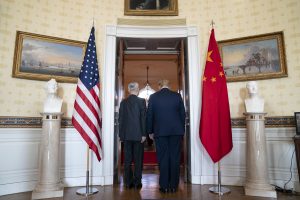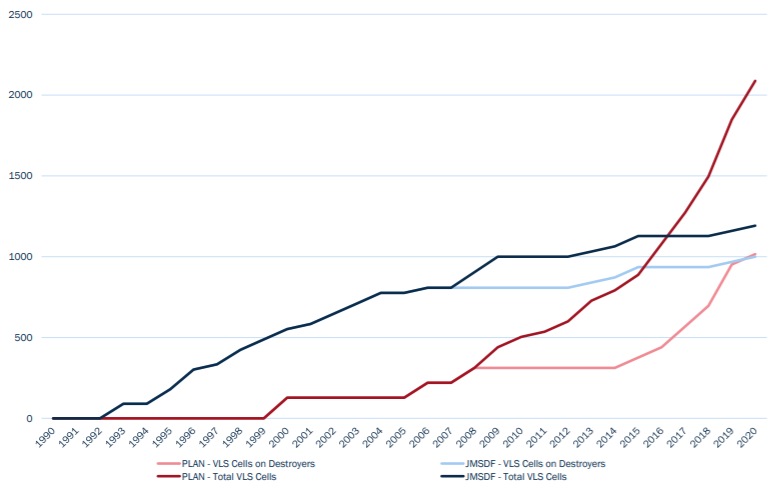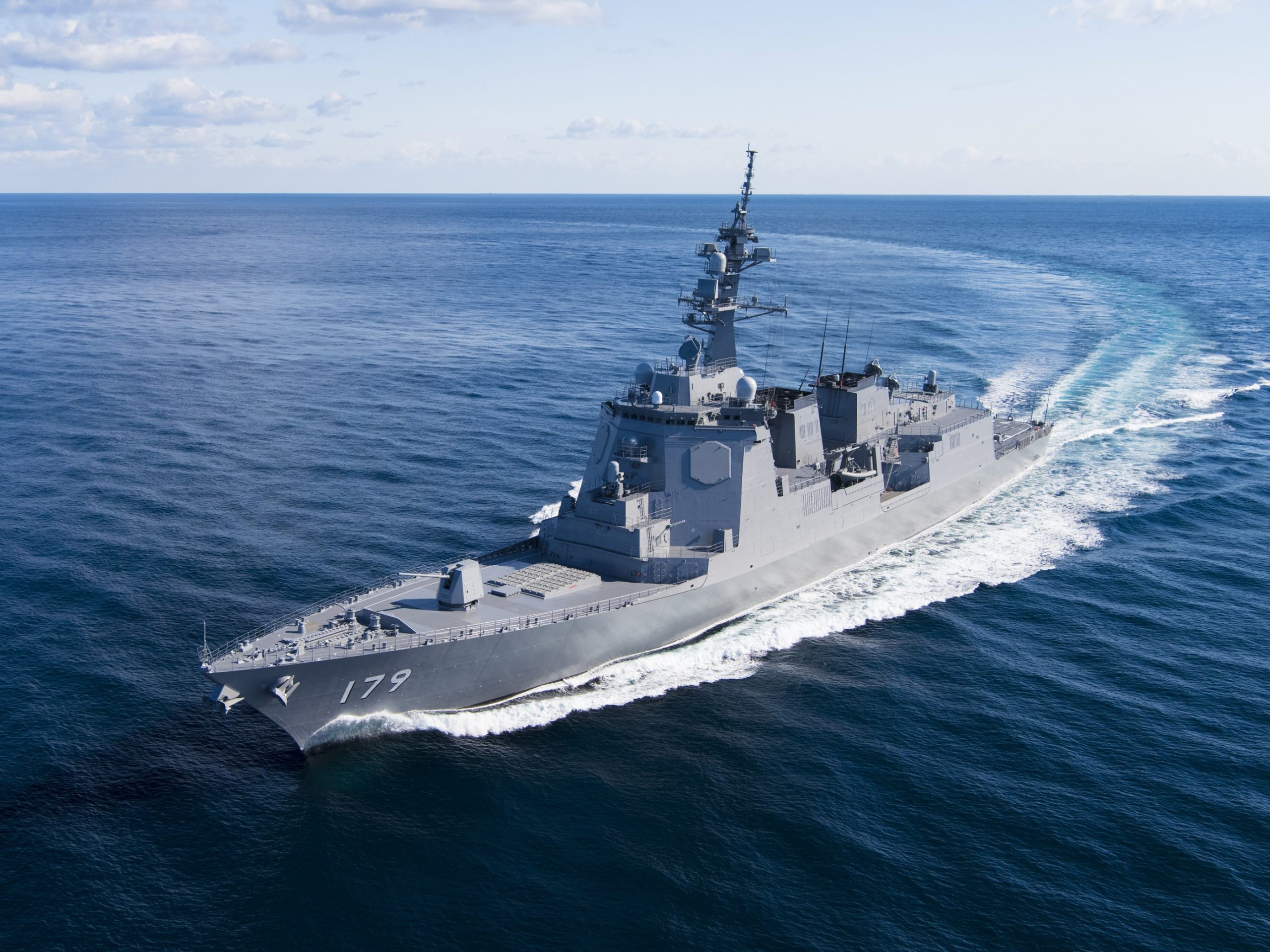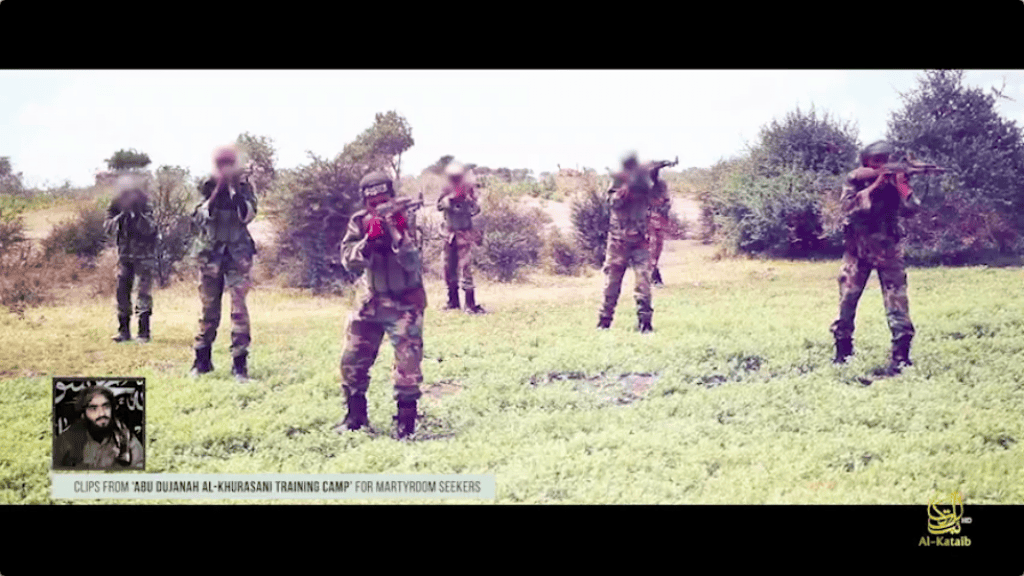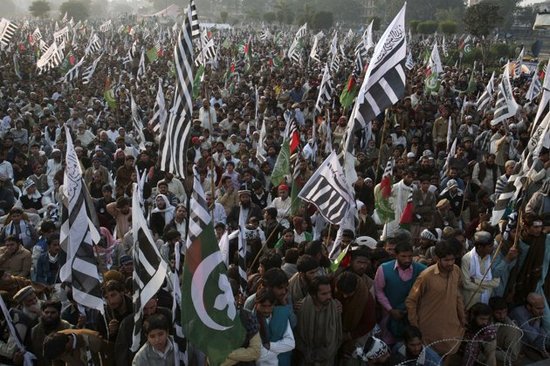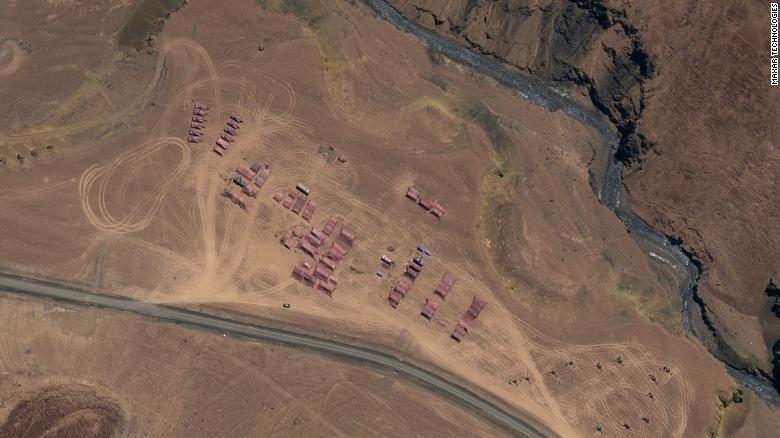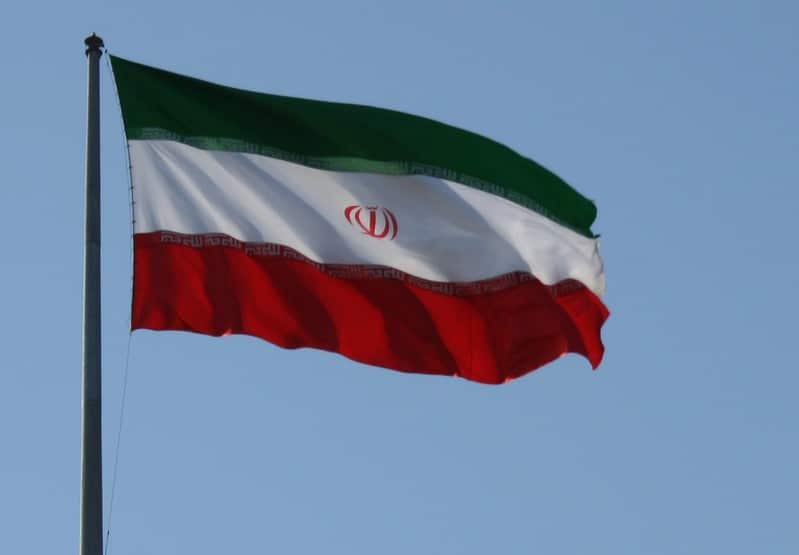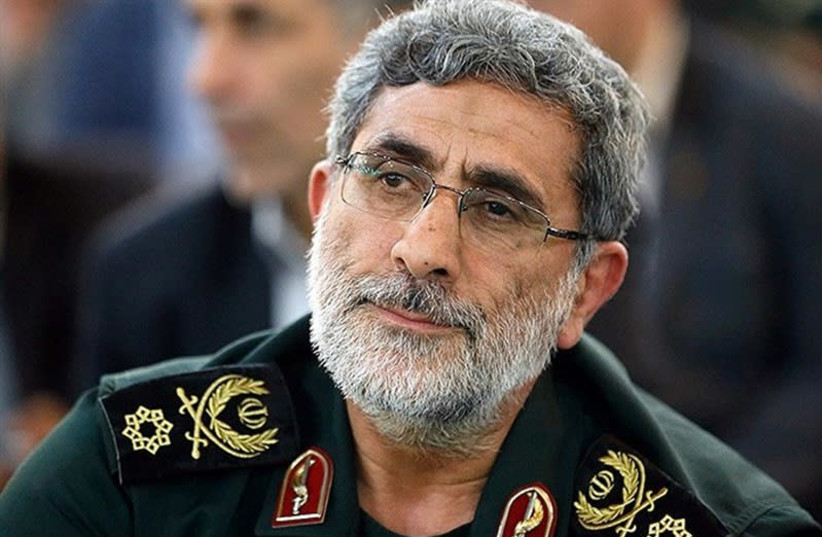Sorry for the delay folks, the meatworld hasn't been kind these last couple of weeks......HC
(422) 05-30-2020-to-06-05-2020___****THE****WINDS****of****WAR****
WAR - 05-30-2020-to-06-05-2020___****THE****WINDS****of****WAR****
(423) 06-06-2020-to-06-12-2020___****THE****WINDS****of****WAR****
WAR - 06-06-2020-to-06-12-2020___****THE****WINDS****of****WAR****
(420) 05-16-2020-to-05-22-2020___****THE****WINDS****of****WAR**** WAR - 05-16-2020-to-05-22-2020___****THE****WINDS****of****WAR**** (417) WAR - 04-25-2020-to-05-01-24-2020___****THE****WINDS****of****WAR**** (418) 05-02-2020-to-05-08-24-2020___****THE****WINDS****of****WAR**** WAR -...
 www.timebomb2000.com
www.timebomb2000.com
(424) 06-13-2020-to-06-19-2020___****THE****WINDS****of****WAR****
 www.timebomb2000.com
www.timebomb2000.com
---------------------
Zagdid
Today at 6:19 AM #53

Is India ready for a bigger war with China? India can dominate the skies and the sea
There is a Chinese saying that to scare away the monkeys, sometimes you need to skin a cat. While the PLA may dominate over land, India can dominate the skies and the sea
jward
Today at 7:05 AM
#54 U.S. bombers spotted near Korean Peninsula amid heightened tensions | Yonhap News Agency
SEOUL, June 19 (Yonhap) -- Two U.S. strategic bombers have been spotted near the Korean Pe...
 en.yna.co.kr
en.yna.co.kr
-------
Posted for fair use.....
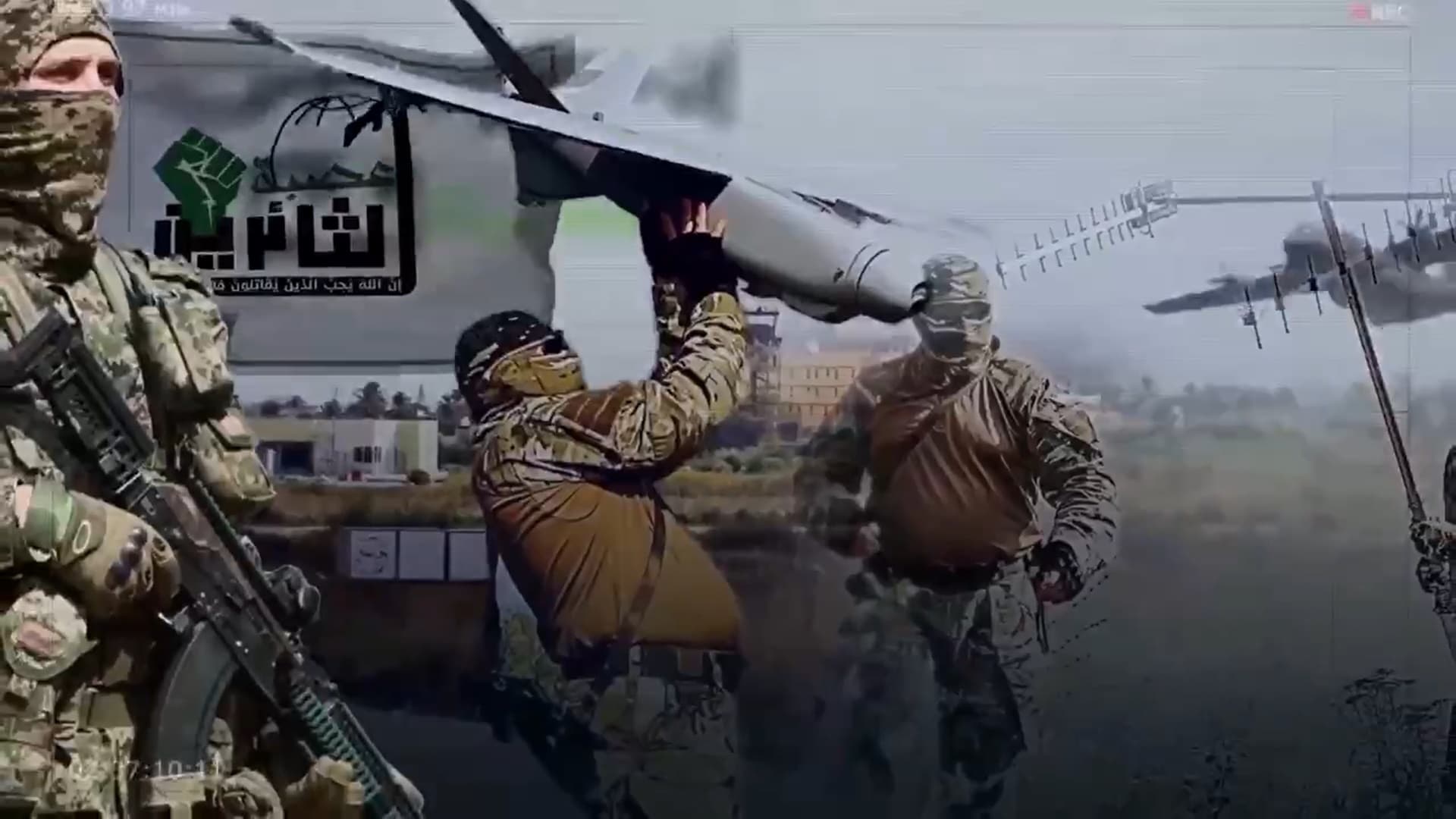
Iranian proxy in Iraq targets US bases
By Caleb Weiss & Joe Truzman | June 19, 2020 | weiss.caleb2_@gmail.com |
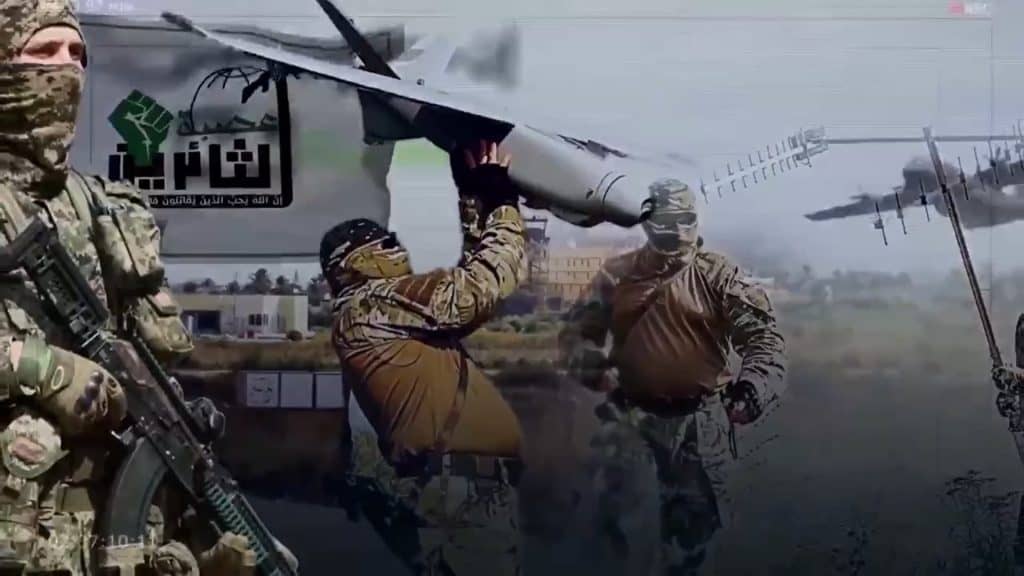 A recent graphic released by the League of the Revolutionaries.
A recent graphic released by the League of the Revolutionaries.
In a recently published video, the Iranian-backed front League of the Revolutionaries (LoR) claimed responsibility for recent attacks including the crash of an American C-130 military cargo plane and several rocket attacks against American-led coalition bases in Iraq.
The LoR publication begins by claiming the group was responsible for a June 8 Camp Taji crash of an American C-130 which led to the injury of 4 aboard including a Wyoming Air National Guard member. A night time recording of the incident shows two rockets being launched towards the Camp Taji runway.
“The bombing of the runway at the Taji base at the time of the landing of a Lockheed C-130 which led to the plane crashing and causing a great loss to the enemy,” the LoR statement read. The Associated Press has quoted US officials as downplaying any link to hostile activity, but added that they were “investigating” the incident.
Furthermore, LoR claims it was able to position a drone over Camp Taji to monitor movements of the “enemy” before the attack occurred. It’s not the first time LoR has claimed to position a drone over an American-led coalition base.
As previously detailed in FDD’s Long War Journal, LoR published several videos of its commercial drones monitoring the American Embassy in Baghdad and Ayn al Asad Airbase.
This is also not the first rocket strike on Camp Taji claimed by LoR. In March, 2 US personnel and one UK soldier were killed in a rocket barrage on the base. Not long after, LoR emerged to take credit for the strike, beginning its campaign against Coalition troops in Iraq.
The publication goes on to claim responsibility for a June 11 attack against the U.S. Embassy in Baghdad. Similar to the previous videos of the Camp Taji attack, a night time recording of a rocket launch adjacent to a road is depicted.
“Targeting of the United States Embassy on June 11,” read the LoR statement in the description of the attack.
Lastly, LoR claimed responsibility for the June 16 rocket attack near the Baghdad Airport. According to local reports, two rockets struck near the Baghdad Diplomatic Support Center with no casualties being involved.
“Targeting the place where the American occupier forces are located at the Baghdad Airport 06/16,” read the LoR statement.
It is noteworthy to mention that of the newly emerged Iranian-backed groups, LoR has consistently published material claiming attacks on American-led coalition bases.
The steady rocket attacks against American interests and bases suggest that the group has legitimized itself as an Iranian-backed front against American-led forces in Iraq.
As previously detailed by FDD’s Long War Journal, the League of the Revolutionaries is likely a front group for other, more established Iranian proxies in Iraq. LoR is just one of many purported groups to have emerged this year to claim attacks against US or Coalition personnel.
This influx in supposed militias inside Iraq is likely a propaganda game being played by Iran and its allies to create political cover for anti-American activities in the country for more established groups. It also may serve to create a narrative of a far-reaching movement that is opposed to the presence of American troops.
(422) 05-30-2020-to-06-05-2020___****THE****WINDS****of****WAR****
WAR - 05-30-2020-to-06-05-2020___****THE****WINDS****of****WAR****
(423) 06-06-2020-to-06-12-2020___****THE****WINDS****of****WAR****
WAR - 06-06-2020-to-06-12-2020___****THE****WINDS****of****WAR****
(420) 05-16-2020-to-05-22-2020___****THE****WINDS****of****WAR**** WAR - 05-16-2020-to-05-22-2020___****THE****WINDS****of****WAR**** (417) WAR - 04-25-2020-to-05-01-24-2020___****THE****WINDS****of****WAR**** (418) 05-02-2020-to-05-08-24-2020___****THE****WINDS****of****WAR**** WAR -...
(424) 06-13-2020-to-06-19-2020___****THE****WINDS****of****WAR****
WAR - 06-13-2020-to-06-19-2020___****THE****WINDS****of****WAR****
Sorry for the delay folks...... (421) 05-23-2020-to-05-29-2020___****THE****WINDS****of****WAR**** WAR - 05-23-2020-to-05-29-2020___****THE****WINDS****of****WAR**** (418) 05-02-2020-to-05-08-24-2020___****THE****WINDS****of****WAR**** WAR -...
---------------------
Zagdid
Today at 6:19 AM #53

Is India ready for a bigger war with China? India can dominate the skies and the sea
There is a Chinese saying that to scare away the monkeys, sometimes you need to skin a cat. While the PLA may dominate over land, India can dominate the skies and the sea
jward
Today at 7:05 AM
#54 U.S. bombers spotted near Korean Peninsula amid heightened tensions | Yonhap News Agency
SEOUL, June 19 (Yonhap) -- Two U.S. strategic bombers have been spotted near the Korean Pe...
-------
Posted for fair use.....

Iranian proxy in Iraq targets US bases | FDD's Long War Journal
The Iranian proxy group League of the Revolutionaries has reemerged to claim further rocket barrages on US bases in Iraq.
www.longwarjournal.org
Iranian proxy in Iraq targets US bases
By Caleb Weiss & Joe Truzman | June 19, 2020 | weiss.caleb2_@gmail.com |

In a recently published video, the Iranian-backed front League of the Revolutionaries (LoR) claimed responsibility for recent attacks including the crash of an American C-130 military cargo plane and several rocket attacks against American-led coalition bases in Iraq.
The LoR publication begins by claiming the group was responsible for a June 8 Camp Taji crash of an American C-130 which led to the injury of 4 aboard including a Wyoming Air National Guard member. A night time recording of the incident shows two rockets being launched towards the Camp Taji runway.
“The bombing of the runway at the Taji base at the time of the landing of a Lockheed C-130 which led to the plane crashing and causing a great loss to the enemy,” the LoR statement read. The Associated Press has quoted US officials as downplaying any link to hostile activity, but added that they were “investigating” the incident.
Furthermore, LoR claims it was able to position a drone over Camp Taji to monitor movements of the “enemy” before the attack occurred. It’s not the first time LoR has claimed to position a drone over an American-led coalition base.
As previously detailed in FDD’s Long War Journal, LoR published several videos of its commercial drones monitoring the American Embassy in Baghdad and Ayn al Asad Airbase.
This is also not the first rocket strike on Camp Taji claimed by LoR. In March, 2 US personnel and one UK soldier were killed in a rocket barrage on the base. Not long after, LoR emerged to take credit for the strike, beginning its campaign against Coalition troops in Iraq.
The publication goes on to claim responsibility for a June 11 attack against the U.S. Embassy in Baghdad. Similar to the previous videos of the Camp Taji attack, a night time recording of a rocket launch adjacent to a road is depicted.
“Targeting of the United States Embassy on June 11,” read the LoR statement in the description of the attack.
Lastly, LoR claimed responsibility for the June 16 rocket attack near the Baghdad Airport. According to local reports, two rockets struck near the Baghdad Diplomatic Support Center with no casualties being involved.
“Targeting the place where the American occupier forces are located at the Baghdad Airport 06/16,” read the LoR statement.
It is noteworthy to mention that of the newly emerged Iranian-backed groups, LoR has consistently published material claiming attacks on American-led coalition bases.
The steady rocket attacks against American interests and bases suggest that the group has legitimized itself as an Iranian-backed front against American-led forces in Iraq.
As previously detailed by FDD’s Long War Journal, the League of the Revolutionaries is likely a front group for other, more established Iranian proxies in Iraq. LoR is just one of many purported groups to have emerged this year to claim attacks against US or Coalition personnel.
This influx in supposed militias inside Iraq is likely a propaganda game being played by Iran and its allies to create political cover for anti-American activities in the country for more established groups. It also may serve to create a narrative of a far-reaching movement that is opposed to the presence of American troops.



